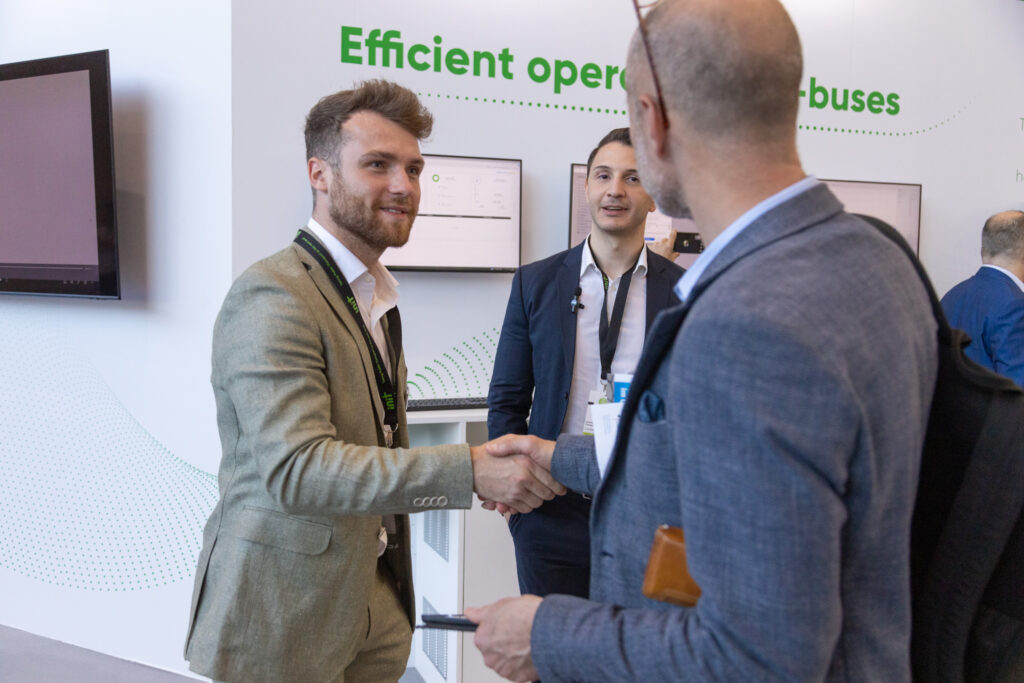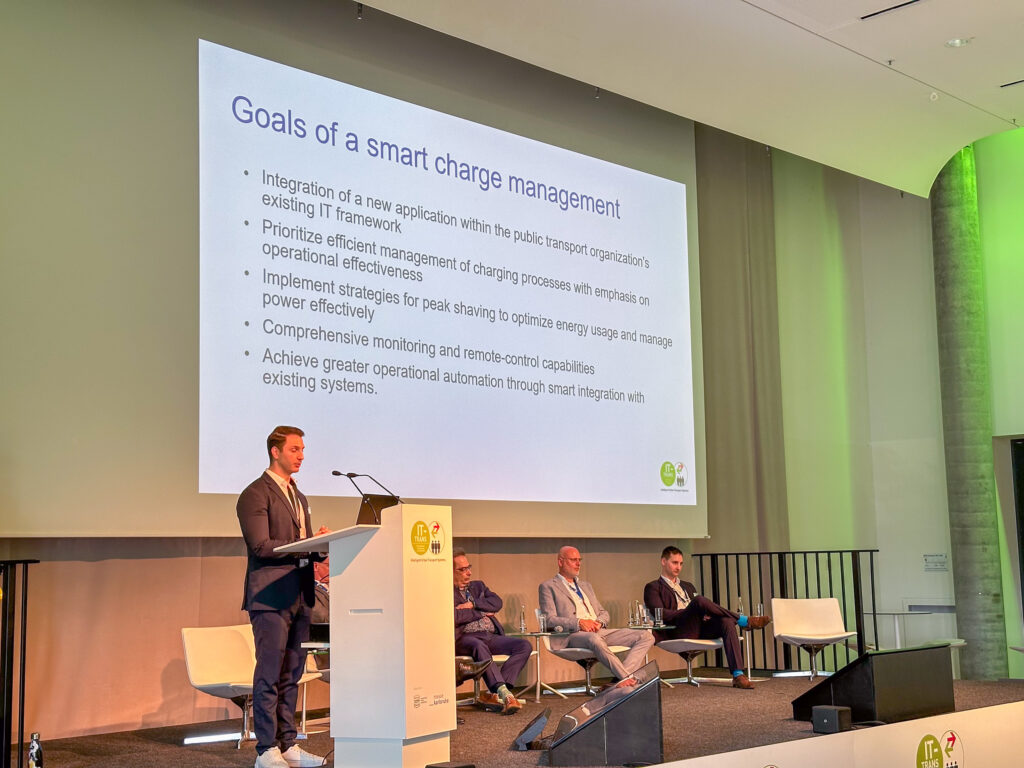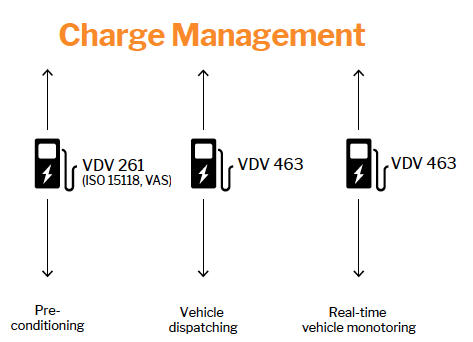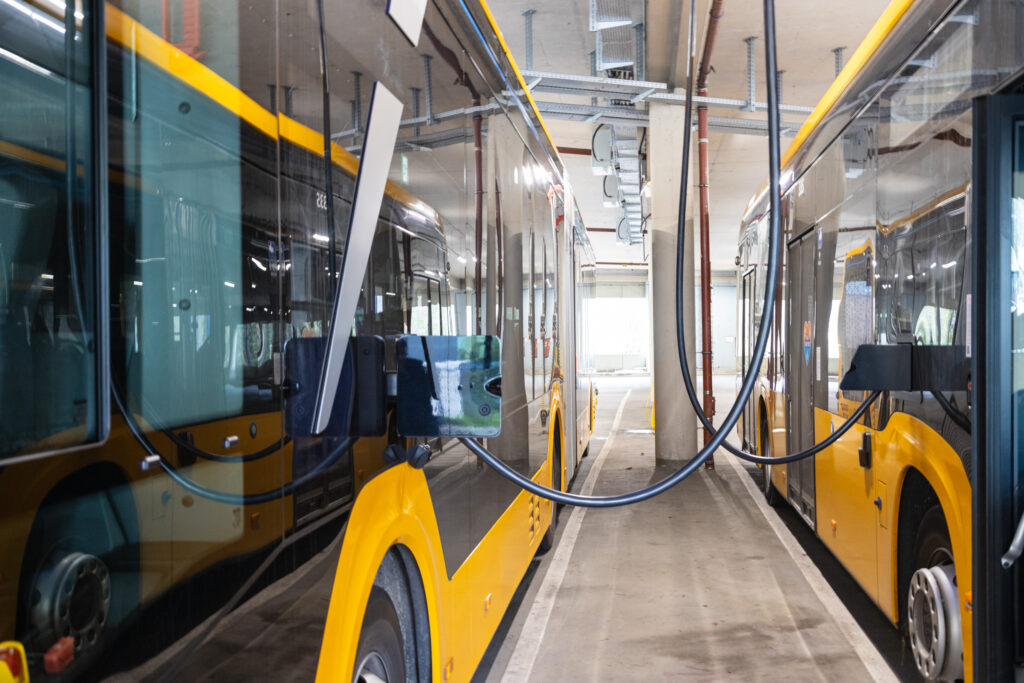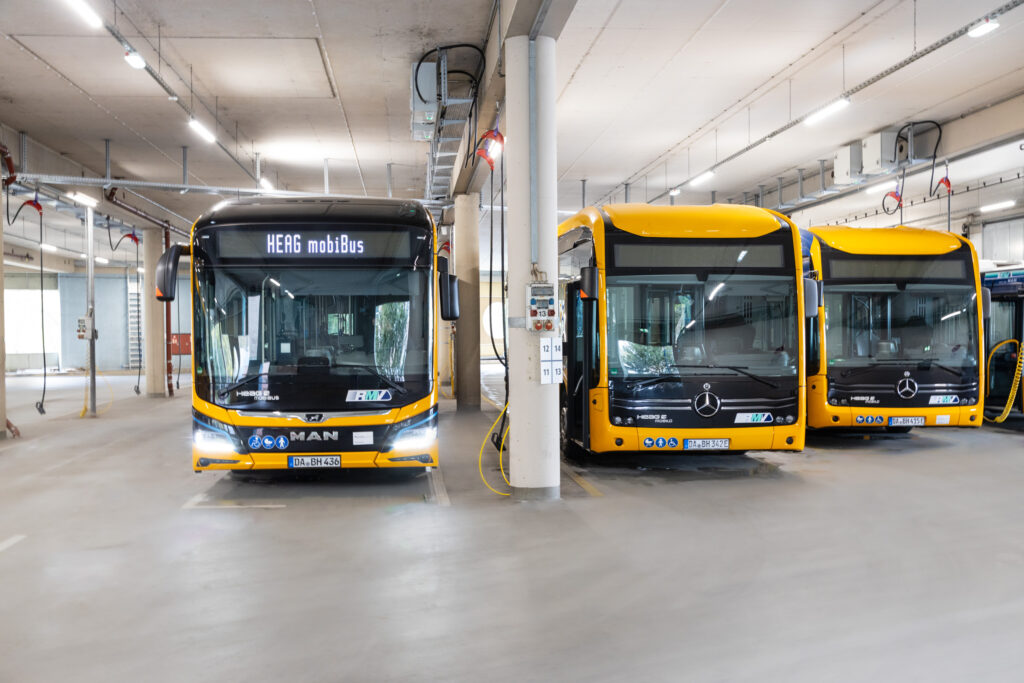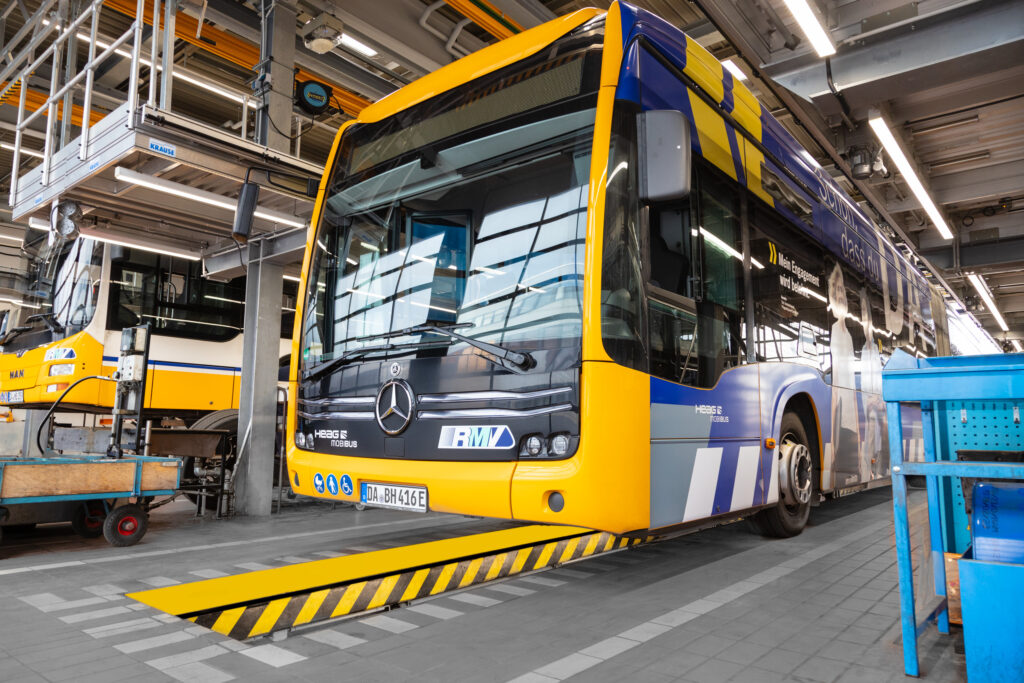Large Scale Bus Electrification: IT Systems Checklist
The UITP (International Association of Public Transport) has recently published a comprehensive checklist for the electrification of bus fleets within a working group. This checklist provides a valuable resource for public transport operators looking to convert their bus fleets to electric vehicles.
The importance of IT systems
The electrification of buses requires the introduction of new IT systems: Depots are rebuilt and routes analyzed to make them suitable for electric buses. IT systems also need to be updated to ensure efficient and smooth operation. These IT systems cover a wide range of functions, from charge planning and charge management to integration with existing IT infrastructures. These will also need to be updated to support the specific requirements of electric vehicles.
Step by step to your bus electrification
Electrification brings significant changes and setting up new and updating existing IT systems is an essential part of any bus electrification project. The new checklist outlines the key steps and considerations that operators need to take into account on their journey to introducing and operating electric bus fleets. It is designed to help keep track of the various aspects of IT systems throughout their lifecycle – from early requirements analysis through to operation and maintenance of the systems.

“It was an honor to be part of this working group. This checklist provides transportation companies with the tools and information they need to make their projects efficient and sustainable. I particularly enjoyed the exchange on charging management systems, standard interfaces and battery analysis, where I was able to contribute the most”.
Maximilian Haag, Head of Sales Public Transport, CarMedialab
Contents
Cybersecurity, IT, and OT
Intended audience
Benefits
How to use this checklist
Part I. Process framework
- Staged vs. green field approach
- Generic process model
- Staged bus fleet electrification
- Staged IT system implementation
- Project phases and checklist usage
Part II. Checklist
- Energy procurement
- Energy distribution
- System design and service planning
- Resource planning and depot management
- Charge management
- Operations control
- Standards & interfaces
Do you have any questions or would you like more information on charge management, battery analysis or standards and interfaces? Simply get in touch with us. Our Public Transport sales team will be at your disposal.


